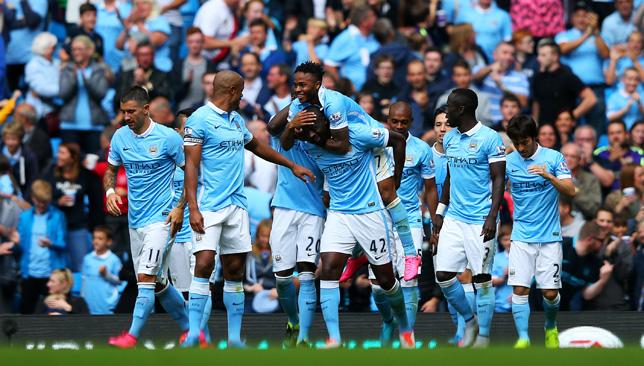
Manchester City Football Club has released its Annual Report for the 2014-15 season, with the club posting a £10.7m (Dhs 60.6m) bottom line profit, it’s first since the acquisition under his Highness Sheikh Mansour bin Zayed in 2008.
Speaking in the report, Chairman Khaldoon Al Mubarak, comments on the performances of the men’s first team, and highlights the wider successes across all of the Club’s Academy year groups. He also praises Manchester City Women’s FC which won the Continental Cup in its first season in the FA Women’s Super League.
Off the field, special mention is made of the opening in December 2014, of the ‘transformational’ City Football Academy – a central element of the Club’s sustainable footballing growth plan.
Talking of the Club’s growth and its move into profit, Al Mubarak references His Highness Sheikh Mansour’s strategy laid out in 2008 as “a strategy predicated on long -term sustainability and the ongoing development of momentum year after year.”
“To put things in their simplest terms,” he says, “we are now a profitable business with no debt and no outstanding restrictions.”
He concludes by referencing that the club has ” further strengthened its foundations for future success” over the course of last year and looks ahead to the new season and the “renewed opportunity to test our capabilities and once again measure how far we have come as a Club.”
Chief Executive Officer Ferran Soriano, whose leadership is credited by the Chairman in his report, describes the move into profit as a ‘historical step in Manchester City’s journey’” and points to the fact that the ‘financial model and strategic investment is proven to work” based as it is on “seeds sown some years ago’’ by very many people.
Soriano concludes by commenting that while recent developments are certainly an indication of progress to date, he further points to “the potential that exists for Manchester City to reach even greater heights in the future.”